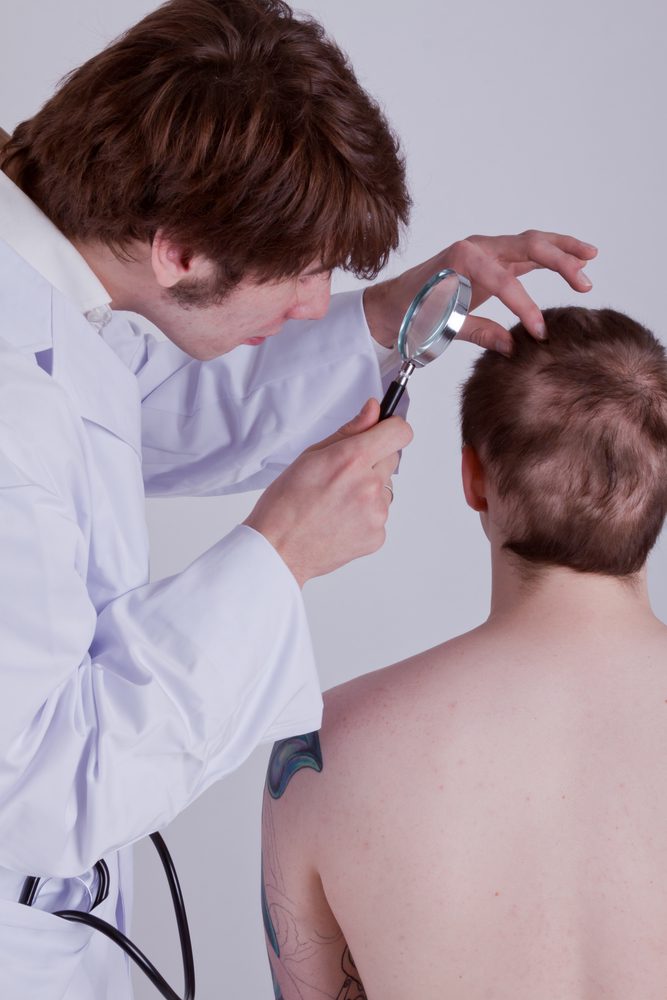Overview
Apert Syndrome is a genetic disorder characterized by skeletal abnormalities. A key feature of Apert syndrome is the premature closure of the bones of the skull (craniosynostosis). This early fusion prevents the skull from growing normally and affects the shape of the head and face. In addition, a varied number of fingers and toes are fused together (syndactyly).
Craniosynostosis causes many of the characteristic facial features of Apert syndrome. Premature fusion of the skull bones prevents the head from growing normally, which leads to a sunken appearance in the middle of the face (midface hypoplasia), a beaked nose, a wrinkled forehead, and an opening in the roof of the mouth (a cleft palate). In individuals with Apert syndrome, an underdeveloped upper jaw can lead to dental problems, such as missing teeth, irregular tooth enamel, and crowded teeth.
Many individuals with Apert syndrome have vision problems due to eye abnormalities, which can include bulging eyes (exophthalmos), wide-set eyes (hypertelorism), outside corners of the eyes that point downward (down slanting palpebral fissures), eyes that do not look in the same direction (strabismus), and shallow eye sockets (ocular proptosis). Some people with Apert syndrome have hearing loss or recurrent ear infections due to malformed ear structures.
Abnormal development of structures in the face and head can also cause partial blockage of the airways and lead to breathing difficulties in people with Apert syndrome. Craniosynostosis also affects the development of the brain, which can disrupt intellectual development. Cognitive abilities in people with Apert syndrome range from normal to mild or moderate intellectual disability.
Individuals with Apert syndrome have syndactyly of the fingers and toes. The severity of the fusion varies, although the hands tend to be more severely affected than the feet. Most commonly, three digits on each hand and foot are fused together. In the most severe cases, all of the fingers and toes are fused. Rarely, people with Apert syndrome may have extra fingers or toes (polydactyly). Some people with Apert syndrome have abnormalities in the bones of the elbows or shoulders. These bone problems can restrict movement and impede everyday activities. In some people, abnormalities occur on both sides of the body, but in others, only one side is affected.
Additional signs and symptoms of Apert syndrome can include unusually heavy sweating (hyperhidrosis), oily skin with severe acne, or patches of missing hair in the eyebrows.
Commonly Associated With
- acrocephalosyndactyly
- acrocephalosyndactyly type I
- Apert’s syndrome
- type I acrocephalosyndactyly
-
Syndactylic Oxycephaly
Cause
Mutations in a gene known as FGFR2 cause Apert syndrome. This gene provides instructions for making a protein called fibroblast growth factor receptor 2 (FGFR2). Among its multiple functions, the FGFR2 protein plays a key role in development before birth by signaling immature cells to become bone cells. A mutation in a specific part of the FGFR2 gene alters the protein, increasing its signaling. The abnormal signaling causes the cell to mature too quickly and promotes the premature fusion of bones in the skull, hands, and feet.
Other
Apert syndrome affects an estimated 1 in 65,000 to 88,000 newborns. Although parents of all ages can have a child with Apert syndrome, the risk is increased in older fathers
Source
Courtesy of MedlinePlus from the National Library of Medicine



